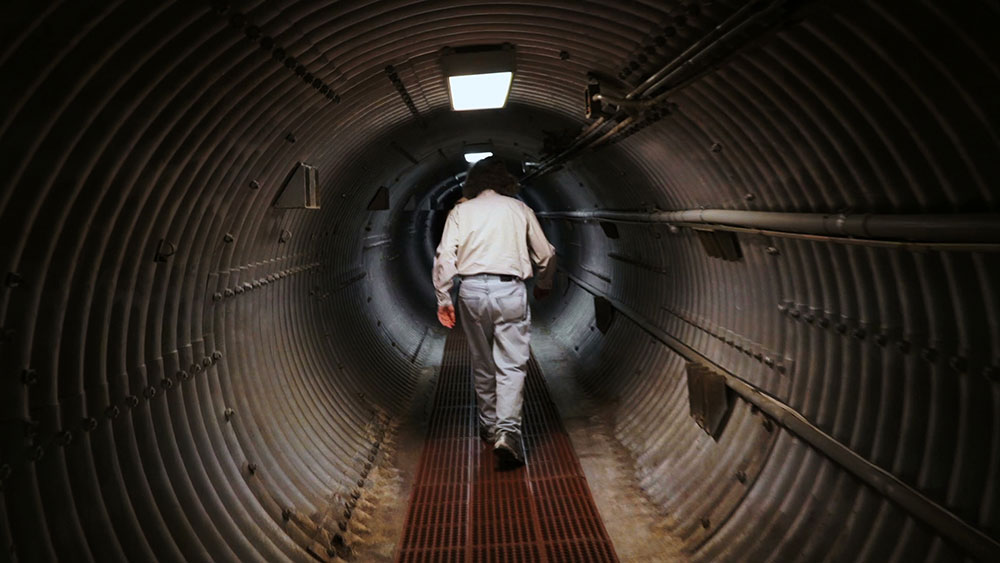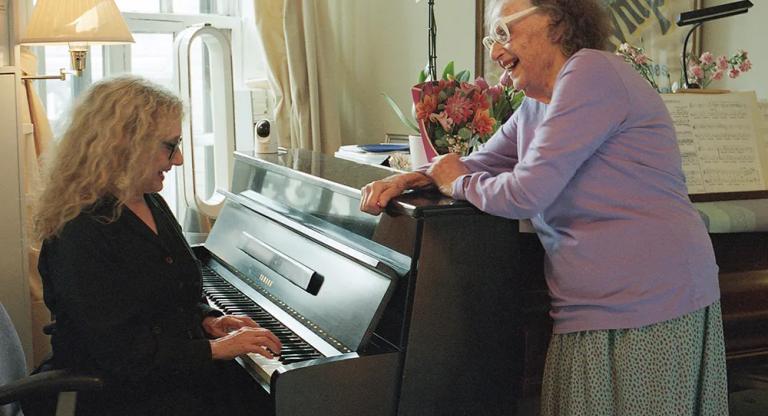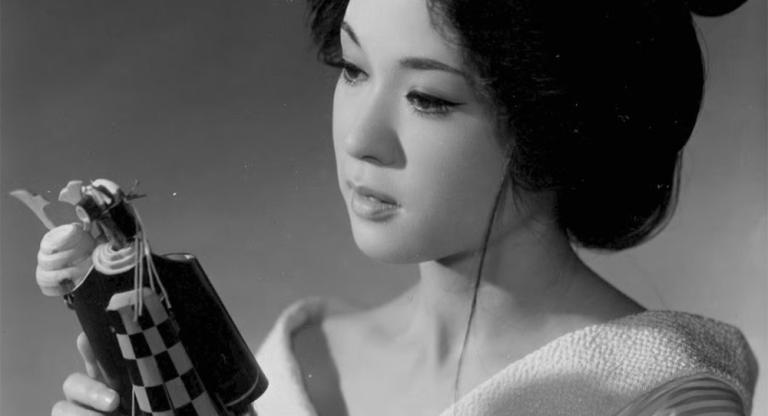Jenny Perlin’s fascinating documentary Bunker (2021) opens with a dialogue-free tour of Rising S Company, the country’s largest manufacturer of underground steel bunkers. In their warehouse, construction crews work on what appears to be the modest 8x12-foot “Economy” model, which is priced at $37,000, although their available options scale all the way up to the $7 million “Aristocrat,” which comes with a media room and swimming pool. What more does one need to survive the coming apocalypse?
Bunker is a road trip across an undeniably American landscape in which survival and any hope for a future are rooted in self-sufficiency and self-isolation. The viewer is introduced to men (and it is only men) who inhabit, build, and sell bunkers as a means of preparing for inevitable societal collapse, whether it be from nuclear war, a global pandemic, sectarian violence, etc. Perlin began filming in 2018, and since then the conceivability of all of these catastrophes has increased dramatically. While a right-wing/libertarian image comes to mind when considering those in the “prepper” community, politics is not at the forefront of the subjects’ conversations in the film. One of the men, Ed, who lives in a decommissioned nuclear missile silo in Kansas named “Subterra Castle,” brings a more crunchy-granola element to the subculture, hoping to clear out the militaristic energy of the space by using it for drum circles and potluck gatherings.
By waxing philosophical with guys like Ed, Perlin taps into both the loneliness of these men (almost all of them mention relationships, including marriages, that have dissolved as a result of commitment to the survivalist lifestyle), as well as the unnamable power of seduction that solitude holds over them. However, the most interesting glimpse the film offers is into the entrepreneurs attempting to capitalize on people’s fear. The final interview is with Larry Hall, developer of Survival Condo in Cloud County, Kansas, which offers luxury survival condominiums inside a former nuclear silo starting at $1.5 million. Hall speaks less personally and more as a salesperson; it’s hard to tell if he’s a true believer or simply an opportunist. And he begrudgingly concedes the point that if a nuclear or other large-scale disaster occurs and you’re not already at the remote bunker, then what you’ve purchased is more of an ephemeral “peace of mind,” which is ultimately senseless. His sales pitch underlines this new type of paranoid American frontier: instead of exploring and colonizing a new landscape in order to erect a society, the (mostly) wealthy can eschew community and burrow deep down into symbols of former military and industrial greatness in order to outlast the rest of humanity. It’s every man for himself.
Bunker screens tonight, March 17, at the Museum of the Moving Image as part of their “Science on Screen” series and “First Look 2022.” Director Jenny Perlin and producer A.S. Hamrah will be in attendance for a Q&A.



